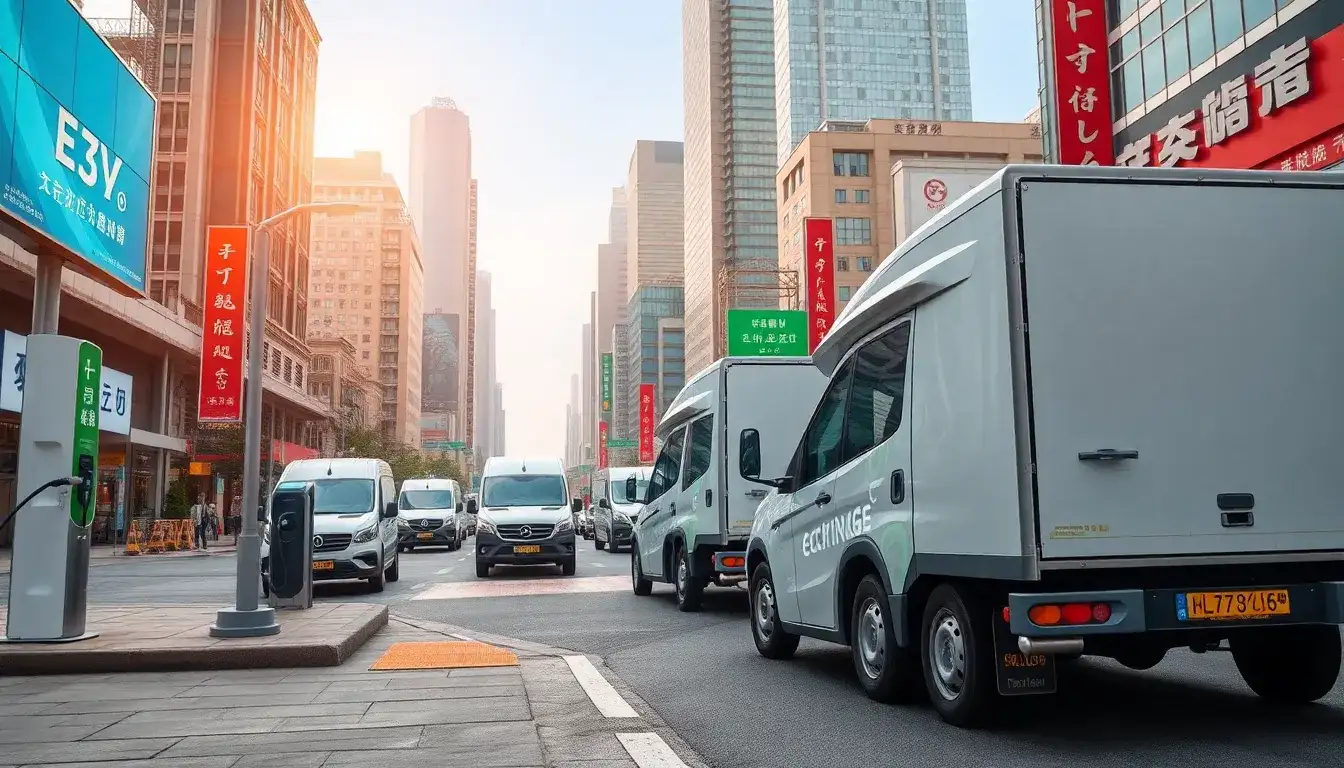
Commercial electric vehicles are rapidly changing as electric charging stations are becoming more advanced and accessible. According to the China Automobile Industry Association, the latest statistics show that in the first two months of this year, new energy vehicles reached a sales volume of 1.554 million units, reflecting a remarkable increase of 51.6% compared to the same period last year. Among these, new energy commercial vehicles accounted for 79,000 units, up by 53.8% from the previous year. This growth indicates a significant acceleration in the adoption of new energy vehicles, surpassing traditional fuel vehicles.
As of now, the market for new energy commercial vehicles is evolving rapidly, aligning with industry forecasts. In January, it was announced that by 2025, there will be an extensive infrastructure expansion that focuses on charging stations and related technologies. Recent reports indicate that there are plans to establish around 24,000 charging points and 365 charging stations to support the growing demand for electric vehicles.
China is also planning to launch several pilot projects across various cities to test and implement new charging technologies, which include innovations for public transport and logistics vehicles. These initiatives are expected to significantly enhance the operational efficiency of new energy vehicles and improve the user experience.
As part of the government’s push for expanding the new energy vehicle market, measures are in place to boost the production of electric vehicles. By 2024, it is projected that the national sales volume will reach approximately 53.2 million units, reflecting a growth of 28.9% compared to the previous year. Additionally, there is a strong emphasis on developing the infrastructure needed to support this expansion.
The push for electric vehicles is not just about sales; it is also about reducing emissions and enhancing environmental sustainability. The cost of operating electric vehicles is generally 30% to 50% lower than that of traditional fuel vehicles. This reduction in operational costs is driving more companies to consider electric vehicles for their fleets.
Looking ahead, the market for new energy commercial vehicles is expected to continue its upward trajectory. The government’s initiatives and the growing demand from consumers are likely to push the industry towards a cleaner and more sustainable future. As electric vehicle technology advances, manufacturers will need to adapt to the changing landscape to remain competitive.
In summary, the transformation of the commercial vehicle sector is heavily influenced by advancements in electric vehicle technology and infrastructure. With the government’s support and increasing consumer demand, the future of new energy vehicles looks promising, paving the way for a more sustainable transportation system.







